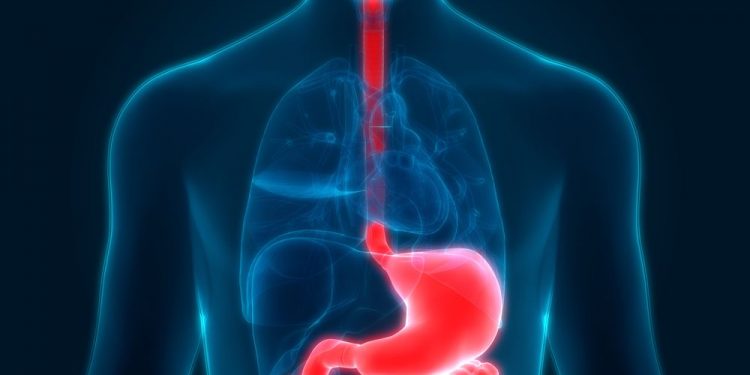In people with Barrett’s esophagus, cells in the lower part of the food pipe (the esophagus) develop abnormally. These cells may look more like normal esophageal tissue under the microscope, or they might be abnormal enough to be considered precancerous. The severity of the precancerous tissue is referred to as dysplasia, and it is graded according to how abnormal the cells look. The higher the grade, the more serious the precancerous tissue is. People with Barrett’s esophagus have a greater risk of esophageal cancer than others do.
Treatment for Barrett’s esophagus usually involves medication that reduces acid reflux and prevents it from worsening the esophageal lining. This includes over-the-counter (OTC) antacids and prescription medications such as proton pump inhibitors, including omeprazole, lansoprazole, pantoprazole and rabeprazole.
Regular endoscopies are also important for monitoring the changes in esophageal cell lining. Your doctor inserts a thin, flexible tube called an endoscope into your mouth and down your throat to check the lining of your esophagus for abnormal tissue. The endoscope has a camera at the tip that allows your doctor to view the tissue more closely. If the lining appears unhealthy, your doctor may recommend a biopsy to obtain a small sample of the tissue for testing in a laboratory.

Depending on the results of the biopsy, your doctor may recommend other treatments for Barrett’s esophagus. For example, your doctor may perform an endoscopic mucosal or submucosal dissection, a procedure in which the doctor removes large areas of damaged esophageal tissue using a narrow, lighted tube and specialized surgical instruments. You might be sedated for this procedure.
Another option is radiofrequency ablation, in which your doctor uses an endoscope with a special catheter attached to a device that delivers a low level of electrical energy into the esophagus. This destroys the cells in the area of abnormal tissue and reduces your risk of developing esophageal cancer. You might have this procedure under a general anesthetic or with local anesthetic and sedation.
If you have high-grade dysplasia, your doctor may recommend surgery to remove the damaged esophageal tissue. You might have a surgical procedure that attaches the esophagus to your stomach, or you might have surgery to remove most of the esophagus and replace it with a section of your stomach or intestinal tract.
Some research is ongoing to find new ways to treat Barrett’s esophagus, such as medicines or procedures that can prevent the abnormal cells from growing. At Mayo Clinic, our experts are leading several studies to test the latest methods of preventing, diagnosing and treating this condition.









